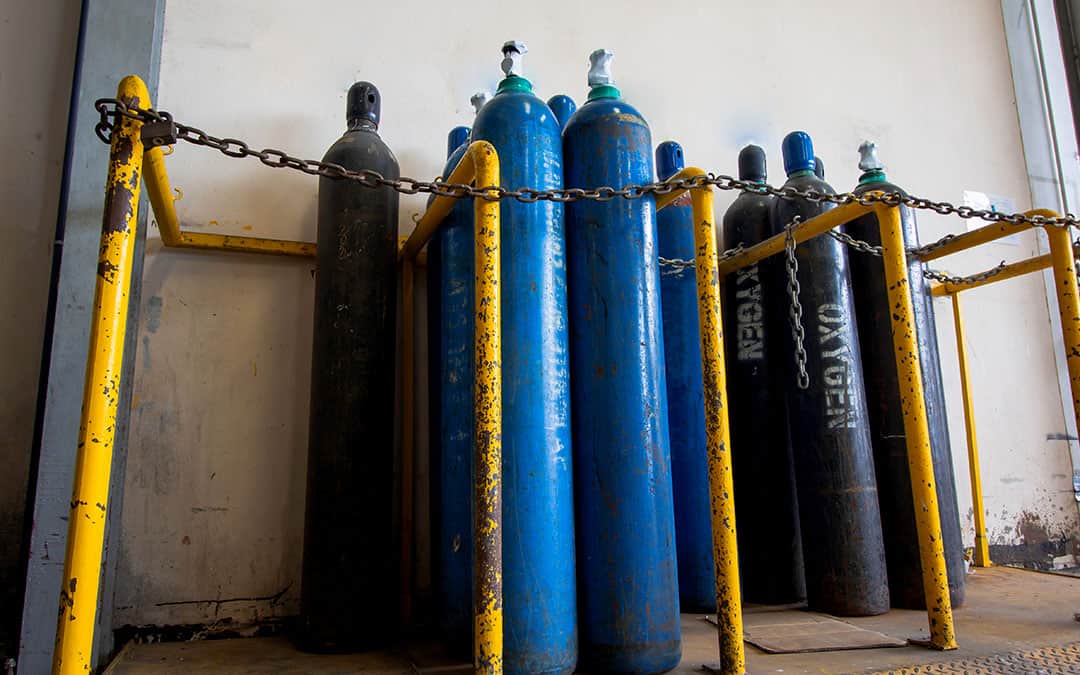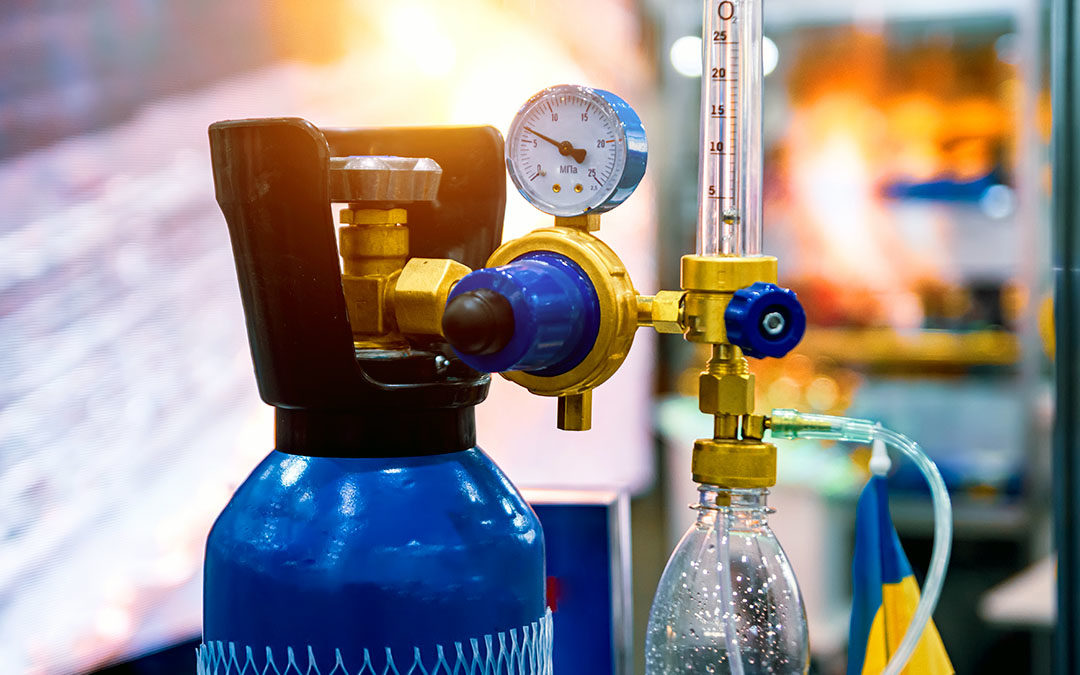Compressed air has a variety of uses, especially in the medical field. For example, it may be used for inhaled medications or for patients who need anesthesia. In addition, compression air is helpful to control air and remove contamination. Here are a few compressed air best practices.
Understanding the Parts of a Compressed Air Tank
Compressed air is chemically similar to regular air and consists of 79% nitrogen and 21% oxygen. However, it provides a higher concentration of oxygen via the compressed air it collects from the surrounding area. If air pressure inside the compression gets too high, the safety valve allows air to be released. The pressure gauge also displays PSI inside the compressed air tank for safe monitoring. The condensate drain allows water in the compressed air tank to be drained and released. Keep in mind that other substances could be present in the condensate drain, such as oil. Finally, the distribution pipe allows the air in the system to be circulated.
Storing Compressed Air
One of the key best practices for compressed air is to store it in a cool, dry area. However, compressed air tanks should not be stored in an area that frequently drops below freezing and should not be stored outside. Outside storage can be extremely harmful to the longevity and success of how the air compressor functions, as rain and heat can be incredibly detrimental to air compression tanks. If an air compressor must be stored outside, it is essential to do so in an area that protects it from the rain and elements.
Experts recommend an air compression storage area at around 59 degrees Fahrenheit. Furthermore, storing a battery is relatively safe at most indoor temperatures. Keep this in mind if you plan to store an air compression in a garage or warehouse for an extended period. Warm air will be less dense than cold air.
Compressed Air Uses

An air compression stores air into energy for later use. With this in mind, an air compressor has a wide variety of services and is the most common energy use in many industries. While commonly valuable for the medical field, there are other essential uses for an air compressor. Air compression tanks can be helpful for simple projects around the house, such as for maintenance or on a household project. It is commonly used for painting, especially on vehicles. It can also be essential when working with wood or power equipment.
A few other best practice tips to keep in mind when operating compressed air is to ensure quality air intake, which will help the tank run efficiently. Also, try not to run the compressor near its maximum pressure, as this will add strain and wear and tear to the compressed air tank. Furthermore, double-check that the air compressor is aligned to the function you are using it for. This will ensure it has the essential function for the job you are attempting to use it for. Finally, as with most machines, make sure you are treating compressed air with the proper maintenance. If not, this could cost you more down the road.
High-Quality Compressed Air
CalOx provides compressed air and other gasses to small and medium size businesses. If you are in the Los Angeles area, contact CalOx for superior gas and compressed air services.
